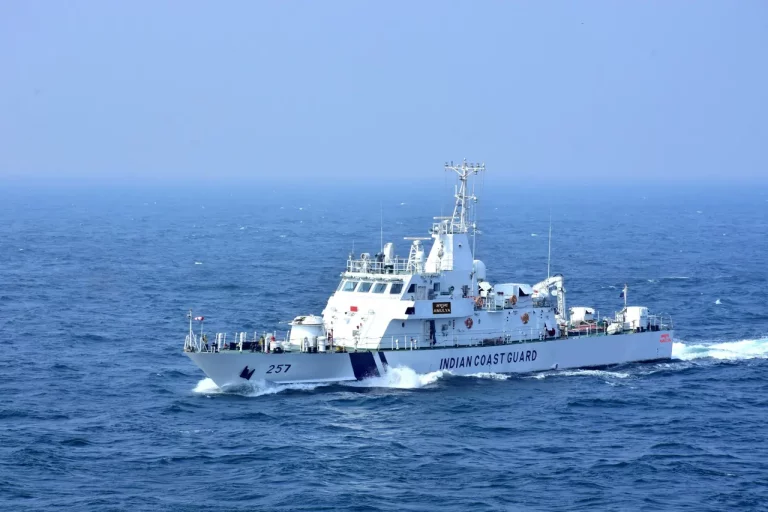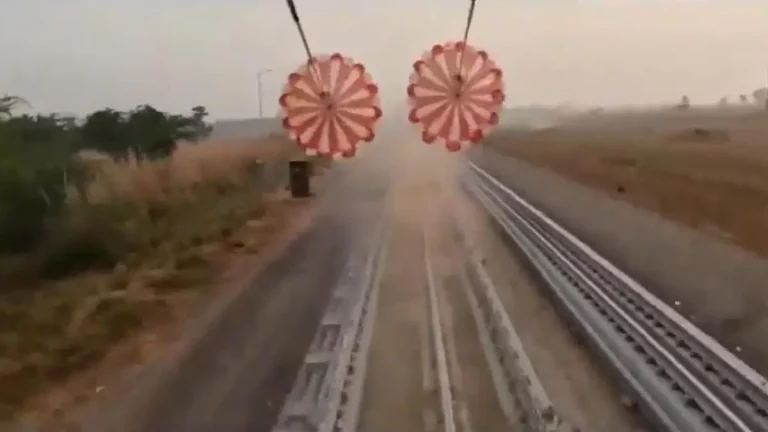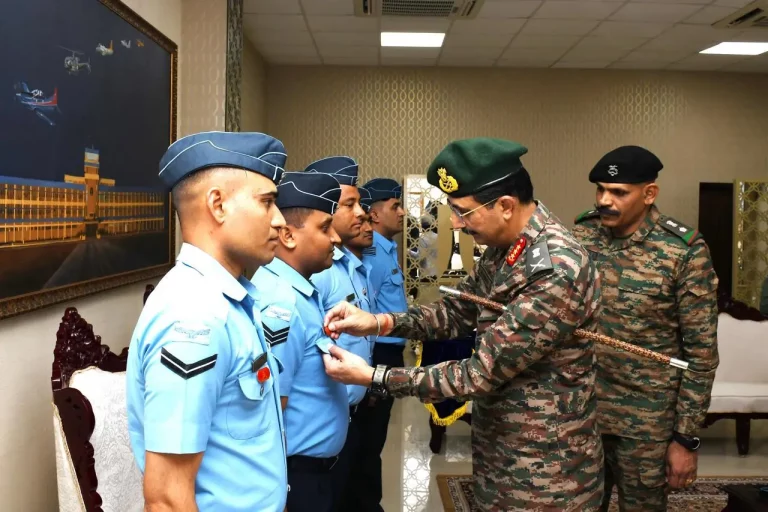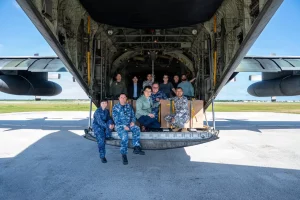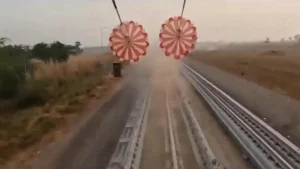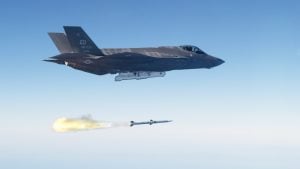Fresh analysis of eyewitness accounts and video footage from the Dubai Air Show indicates that the TEJAS Light Combat Aircraft (LCA) was executing a complex negative-G manoeuvre just moments before it crashed on November 21, resulting in the tragic death of Indian Air Force pilot Wing Commander Namansh Syal.
The aircraft was observed entering the downward phase of a looping sequence when it experienced a rapid, uncontrolled loss of altitude. This abrupt transition left the pilot with little to no recovery time, and he was unable to eject before impact, ultimately leading to fatal injuries.
Understanding Negative-G Manoeuvres
During negative-G conditions, pilots experience forces that push them away from their seats, creating sensations reminiscent of weightlessness or an upward pull. Such conditions can lead to serious physiological effects, including:
- Blood rushing to the head, which can distort vision and impair reaction times.
- Potential destabilization of the aircraft’s attitude due to brief miscalculations.
- A heightened need for precision, timing, and full situational awareness.
Negative-G manoeuvres are often utilized in air displays to showcase aircraft agility, but they come with razor-thin safety margins, particularly at low altitudes.
Challenges for High-Agility Fighters
The TEJAS is designed as an aerodynamically unstable fighter with a primary focus on extreme agility. Stability in the aircraft is maintained by a quad-redundant fly-by-wire (FBW) system that constantly makes micro-corrections. During quick transitions between positive and negative G forces, this system must rapidly adjust to control changes. Any anomaly in the sensors, delays in stabilization, or operation in a low-energy state can significantly reduce available lift.
Preliminary observations suggest that the aircraft may have entered a low-energy or high-angular-momentum phase while attempting to level out, resulting in a nose-down trajectory that was unrecoverable.
TEJAS’ Safety Record
Before this incident, the TEJAS was noted for its robust safety record, having previously experienced only one crash—in 2024 at Jaisalmer—over a span of more than two decades since its first flight. The aircraft had garnered praise for its reliability compared to legacy systems like the MiG-21. The TEJAS involved in the Dubai performance was part of a frontline squadron based at Sulur, and this crash marks a rare and tragic setback for its program, particularly during an international demonstration where the TEJAS had frequently showcased India’s aerospace capabilities.
Ongoing Investigation
A high-level Court of Inquiry is currently examining critical factors, including:
- Flight data and inputs from the cockpit recorder
- Pilot control actions in the seconds leading up to the crash
- Response of the FBW system and performance of its sensors
- Atmospheric and wind conditions
- Potential factors regarding G-awareness and pilot workload
The outcome of this investigation will help ascertain whether the crash resulted from human error, aircraft behavior during the recovery from negative-G conditions, changes in environmental variables, or technical failures.
A Reminder of Aerobatic Risks
While air show performances are meticulously planned and rehearsed, they involve significant risks, particularly during high-energy manoeuvres. The Dubai Air Show incident highlights the intense challenges of performing negative-G manoeuvres and the inherent dangers of pushing aircraft to their performance limits. Precision is crucial when handling unstable-platform fighters in such displays.
The loss of Wing Commander Syal has profoundly impacted the aviation and defense community. While the TEJAS remains a cornerstone of India’s fighter modernization initiatives, this accident serves as a sobering reminder of the ruthless nature of aerobatic flying, even with advanced aircraft and highly skilled pilots at the helm.



